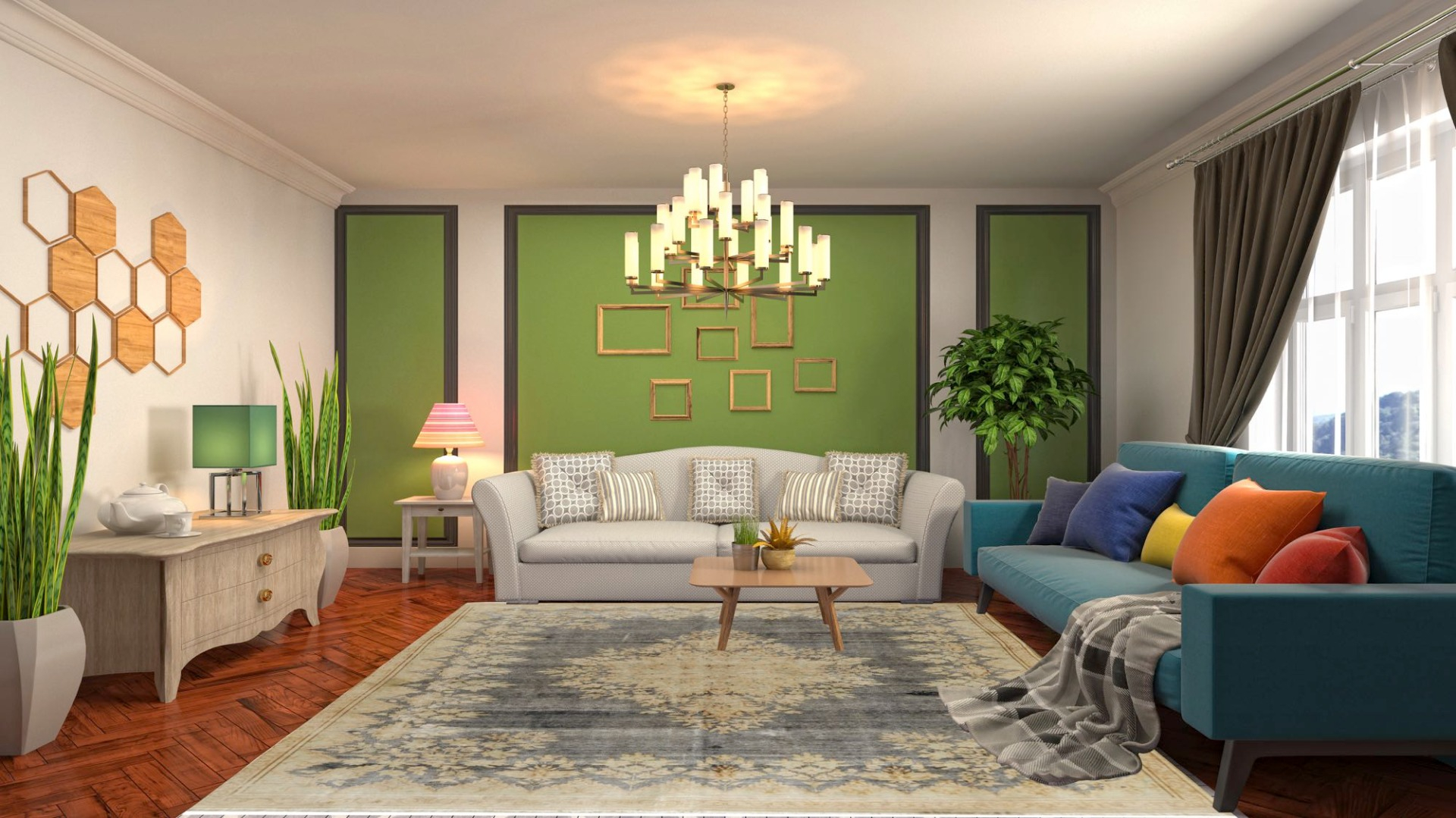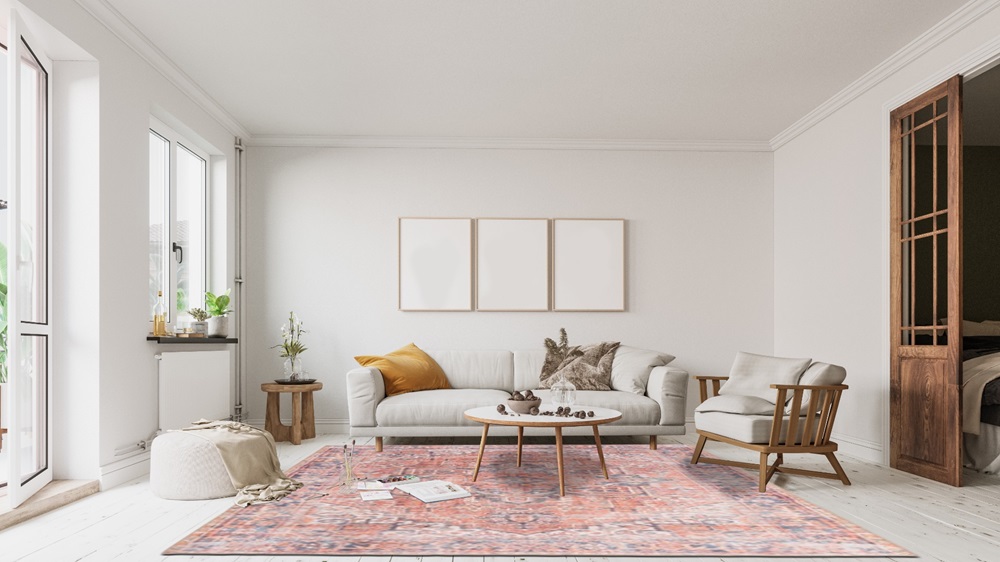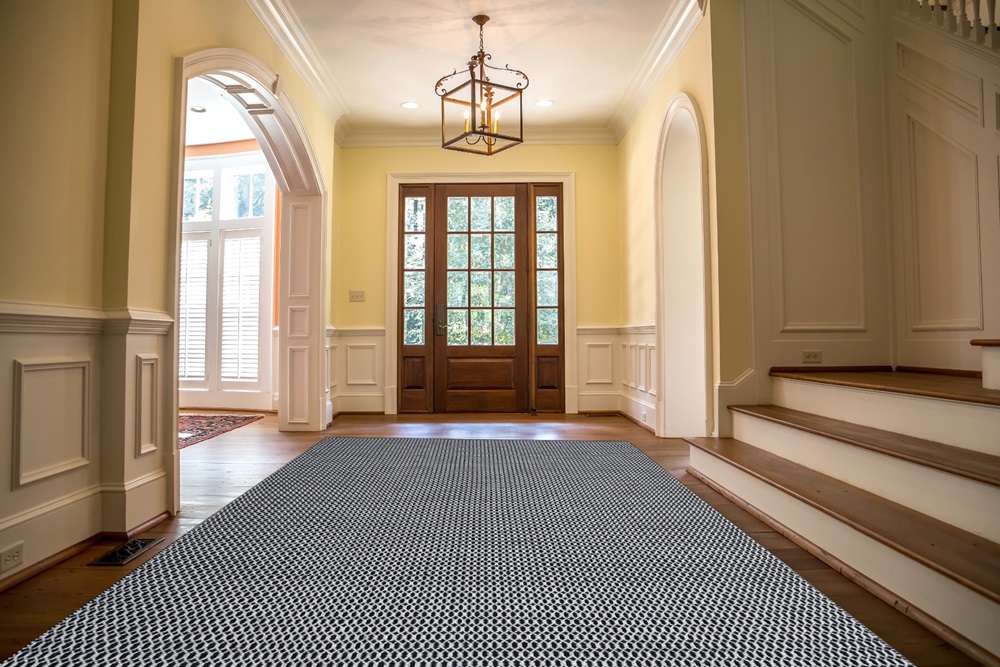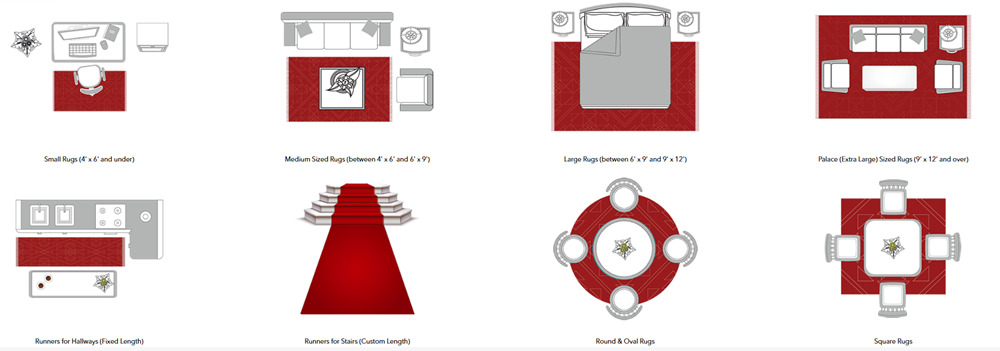How to Mix and Match Rugs: 4 Tips
- Home
- Tabrizi Rugs Blog
- How to Mix and Match Rugs: 4 Tips

Stepping Up Your Style: 4 Tips When Mixing and Matching Rugs
Rugs are the foundation of a room's style, grounding furniture and adding a pop of color or pattern. But who says you're limited to just one rug per space? Mixing and matching rugs can create a unique and layered look, injecting personality and visual interest. However, venturing into mixed rug territory can be daunting. Fear not, fellow design enthusiasts! Here's your guide to navigating the dos and don't of mixing and matching rugs like a pro.
1. Embrace Harmony Through Color
- Color is your best friend: Pick rugs that share a color palette, even if the patterns differ. This creates a sense of cohesion and prevents the space from feeling visually chaotic.
- Neutrals are your safe zone: A neutral rug, like a sisal or jute, pairs beautifully with a bolder patterned rug. This creates a balanced look and allows the patterned rug to take center stage.
- Pick up on accent colors: Does your furniture or artwork boast a particular color? Find a rug that incorporates that same accent color to tie everything together.


2. Play with Pattern and Scale
- Mix and match patterns, but ensure they complement each other: Pair a geometric rug with a floral one, or stripes with a Moroccan trellis design. Just make sure the scales are compatible; avoid a large, busy pattern overwhelming a smaller, more delicate one.
- Layer rugs for added depth and dimension: Use a smaller, patterned rug on top of a larger, neutral rug to create a designated zone within a room.
- Embrace texture: Mixing a flatweave rug with a high-pile rug adds visual and tactile interest. A woven sisal rug complements a plush Moroccan shag rug beautifully. Consider incorporating a cowhide rug, a natural material that adds a touch of rustic charm and works well with a variety of styles.


3. Consider Purpose and Placement
- Think about the functionality of the space: High-traffic areas might benefit from a more durable, flatweave rug, while a living room seating area can handle a plusher pile rug.
- Define separate spaces within a large room: Use area rugs to visually separate a living area from a dining space or a reading nook.
- Play with rug shapes: A round rug can soften a space with sharp corners, while a rectangular rug can create a sense of flow in a long, narrow room.


4. Don't Forget the Furniture
- Make sure your rugs work with the furniture arrangement: Area rugs should generally anchor furniture groupings, not leave them floating awkwardly.
Mixing and matching rugs is a fun and creative way to personalize your space. By following these simple tips, you can create a harmonious and visually interesting look that reflects your unique style.
Ready to get started? Browse our collection of beautiful rugs and find the perfect combination to bring your design vision to life!
Categories
Recent Posts

 CA ($CAD)
CA ($CAD) 